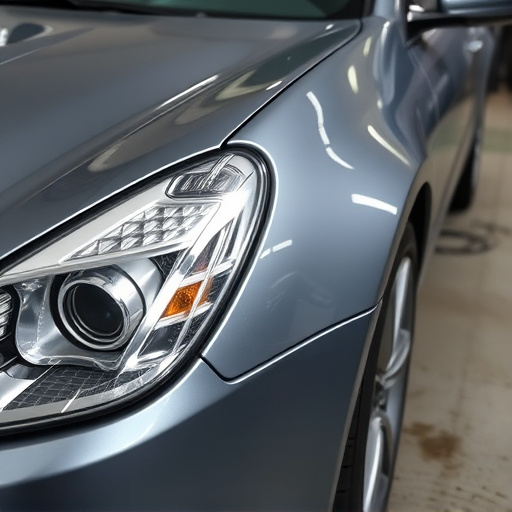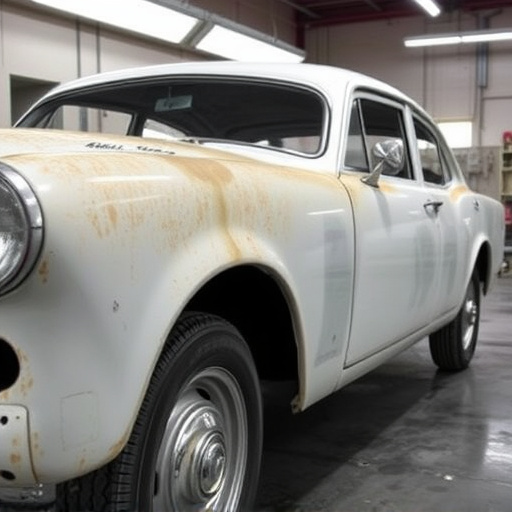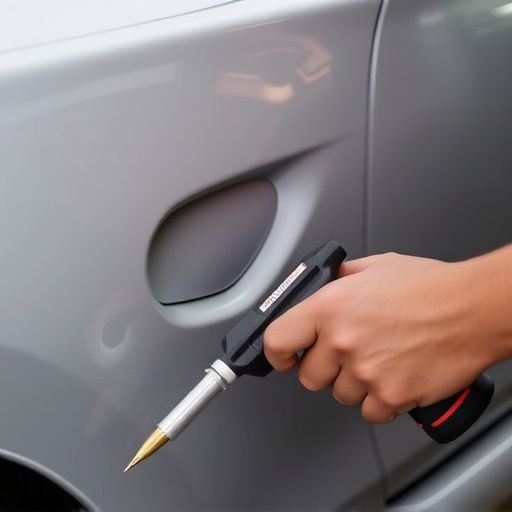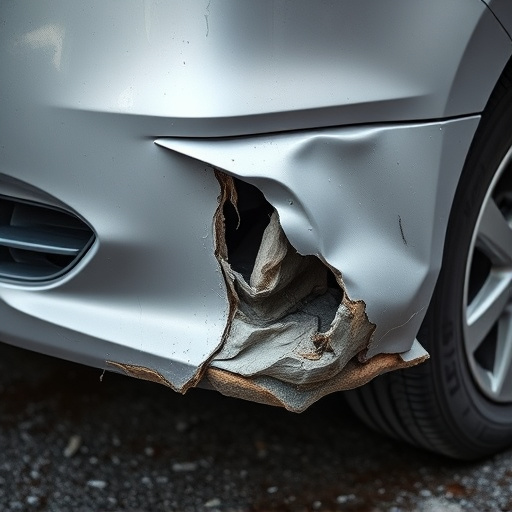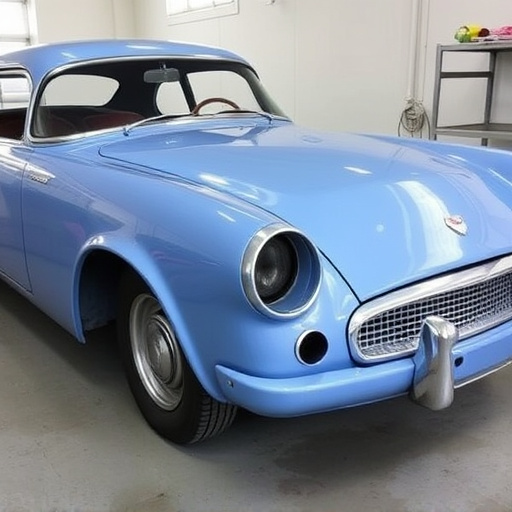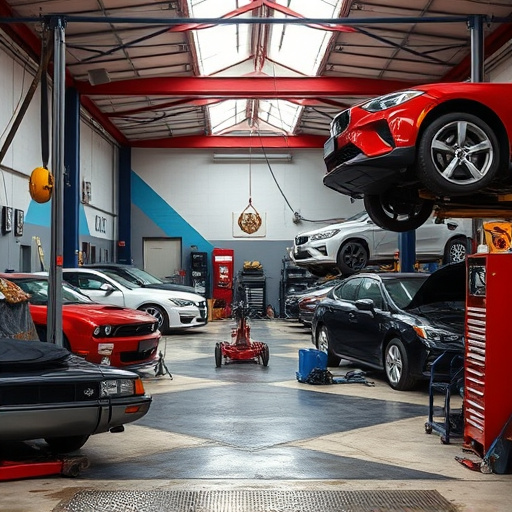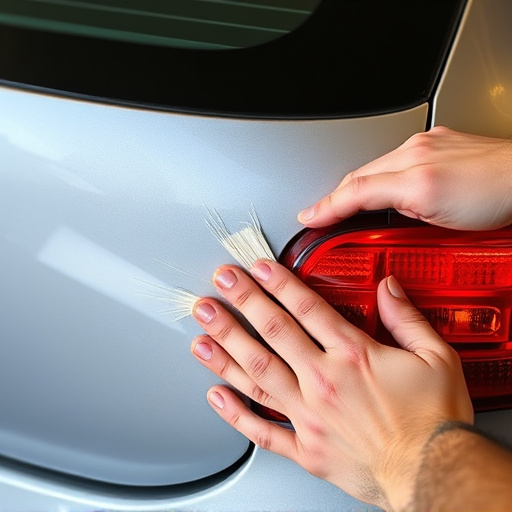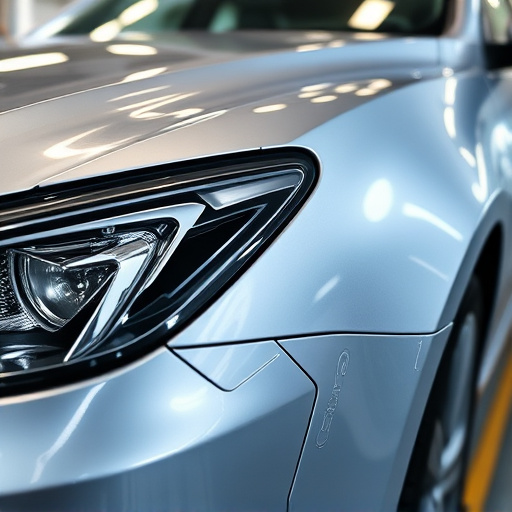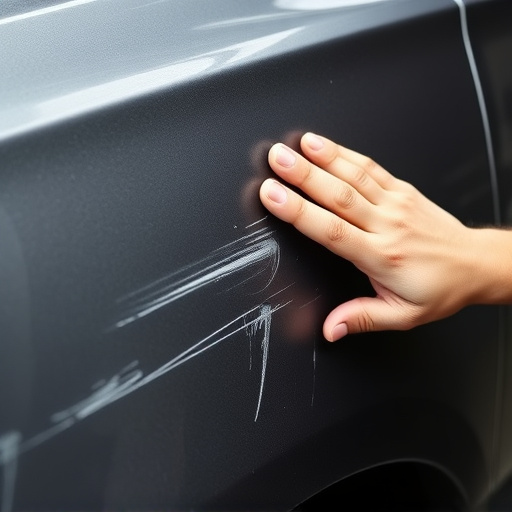Plastic body part repair is a cost-effective, specialized service that restores damaged plastic components instead of replacing them, offering high-quality results for minor to moderate cosmetic issues. Aftermarket replacements are popular but carry risks related to quality control and safety standards; vehicle owners should research suppliers and rely on skilled technicians for reliable installation. The choice between repair and replacement depends on damage extent, budget, and preference for preserving the vehicle's original integrity.
In today’s automotive landscape, consumers are presented with various options for repairing or replacing damaged plastic body parts. This article delves into the pros and cons of two prominent approaches: plastic body part repair versus aftermarket replacements. We explore the costs, benefits, durability, accessibility, affordability, and potential risks associated with each method, empowering car owners to make informed decisions regarding their vehicle’s maintenance and restoration.
- Understanding Plastic Body Part Repair: Costs, Benefits, and Durability
- Aftermarket Replacements: Accessibility, Affordability, and Potential Risks
- Comparing the Two: Making an Informed Decision for Your Vehicle
Understanding Plastic Body Part Repair: Costs, Benefits, and Durability
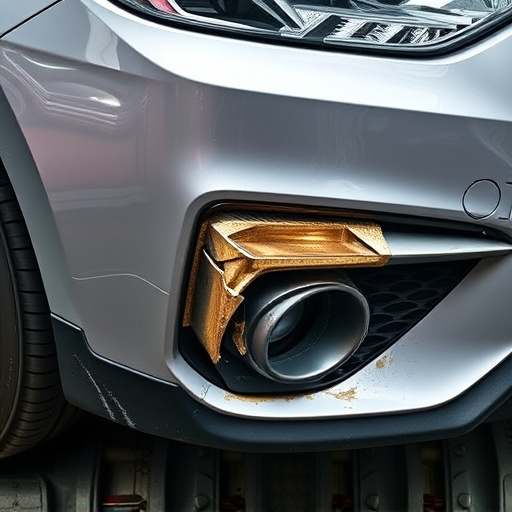
Plastic body part repair is a specialized service offered by many collision repair shops, focusing on restoring damaged plastic components rather than outright replacement. This method involves skilled technicians utilizing advanced techniques and tools for dent removal, scratch repair, and intricate detail work. The primary advantage lies in its cost-effectiveness, as repairing existing parts can be significantly cheaper than replacing them with aftermarket alternatives. Moreover, it contributes to sustainability by reducing waste from discarded body panels.
In terms of durability, high-quality plastic repairs can match or even exceed the performance of original equipment. Modern repair techniques ensure that the repaired area is as strong and flexible as new plastic. However, the overall cost may vary based on the complexity of the damage, with more intricate repairs incurring higher charges. Yet, for many vehicle owners, this option represents a practical and economical solution, especially when dealing with minor to moderate cosmetic issues.
Aftermarket Replacements: Accessibility, Affordability, and Potential Risks
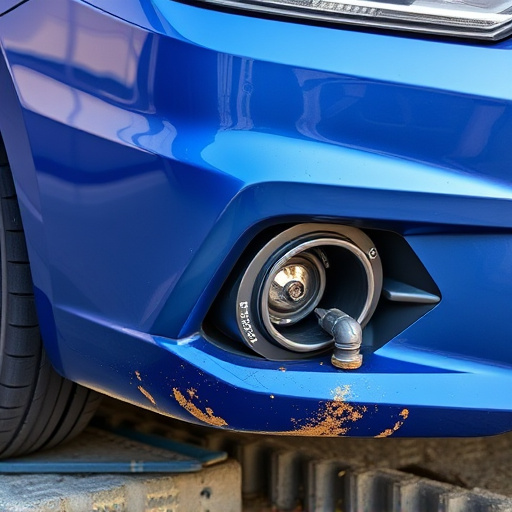
Aftermarket replacements for plastic body parts have become increasingly accessible and affordable, offering an appealing alternative to original equipment manufacturer (OEM) parts. This trend is particularly noticeable in the auto body repair sector, where consumers often seek cost-effective solutions for vehicle paint repair and mercedes benz collision repair. The availability of aftermarket plastic components can be a game-changer for those looking to save money without compromising on quality.
However, as with any non-OEM product, there are potential risks associated with aftermarket replacements. The quality control and safety standards may vary among manufacturers, leading to concerns about durability and compatibility. It’s crucial for vehicle owners to thoroughly research and choose reputable suppliers to ensure the reliability of the parts, especially in critical areas like collision repair. Proper installation by skilled technicians is also essential to guarantee a safe and long-lasting solution compared to hasty DIY attempts at plastic body part repair.
Comparing the Two: Making an Informed Decision for Your Vehicle
When considering repairs for your vehicle, especially regarding plastic body parts, there are two primary options: plastic body part repair versus aftermarket replacement. The choice between these can depend on various factors, from cost to durability and time investment. Plastic body part repair involves skilled technicians mending the damaged area, often through techniques like heating, reshaping, and bonding. This method is ideal for smaller dents or cracks, preserving the original material and structure of the car’s exterior.
On the other hand, aftermarket replacements are ready-made plastic components designed to fit specific vehicle models. While they offer a quick fix, especially for more extensive damage like fender repair or frame straightening, they might not always match the precision of custom repairs. Moreover, auto glass replacement, though a separate service, also falls under this category, where pre-cut and prepared glass panels are installed. When deciding, weigh the advantages of either method based on your budget, the extent of damage, and the importance of maintaining your vehicle’s original integrity.
When deciding between plastic body part repair and aftermarket replacement, it’s clear that each option presents unique advantages. Plastic body part repair offers cost-effectiveness and durability, ideal for minor damages or those on a tight budget. Conversely, aftermarket replacements are readily available and often more affordable than original equipment parts, but they may carry potential risks regarding fit and long-term reliability. Ultimately, the best choice depends on the specific damage, your financial situation, and the vehicle’s overall condition. Informed decision-making ensures you select the most suitable option for both your pocket and your vehicle’s longevity.


